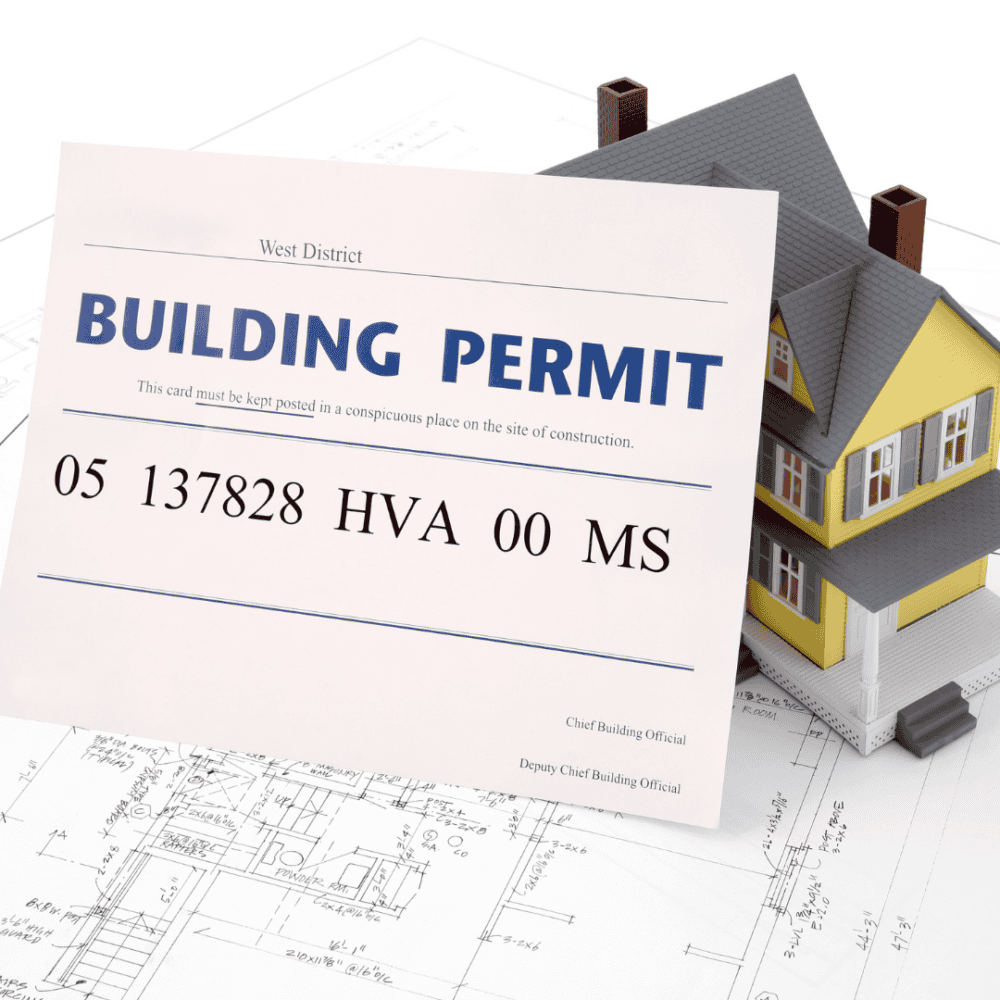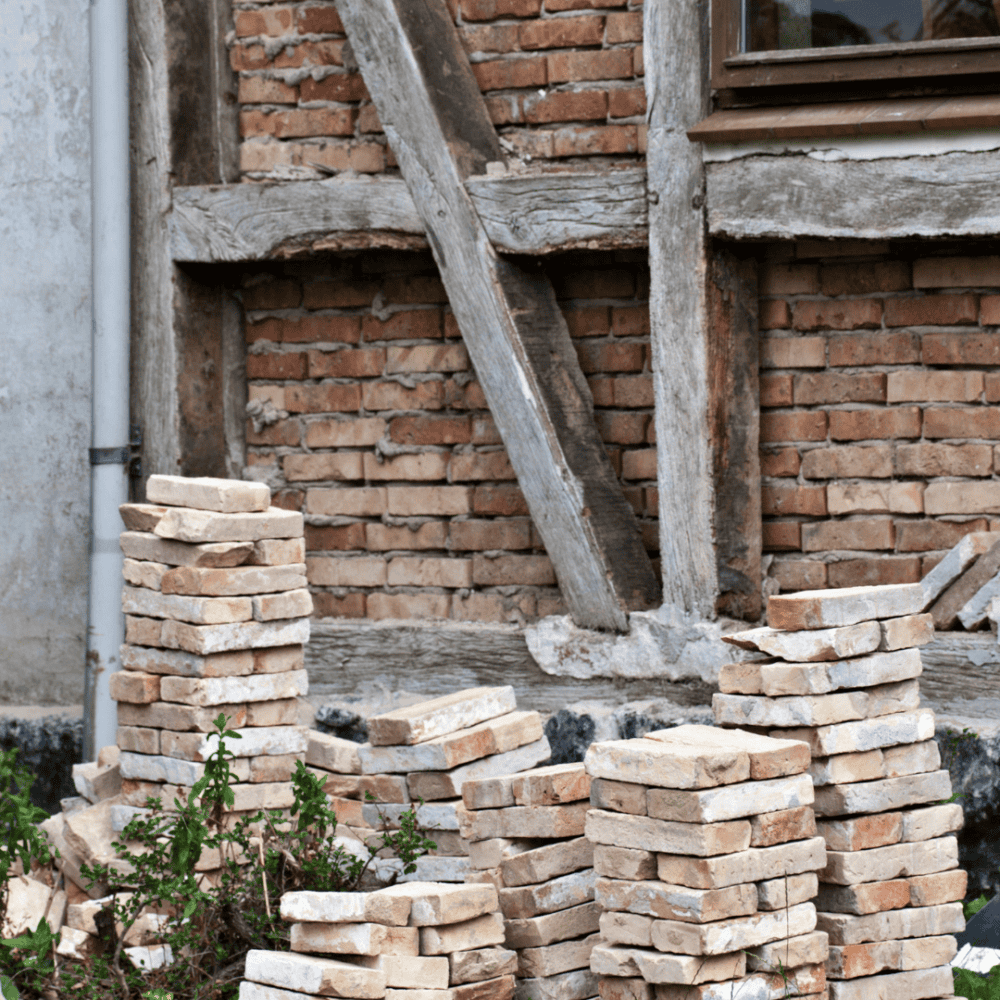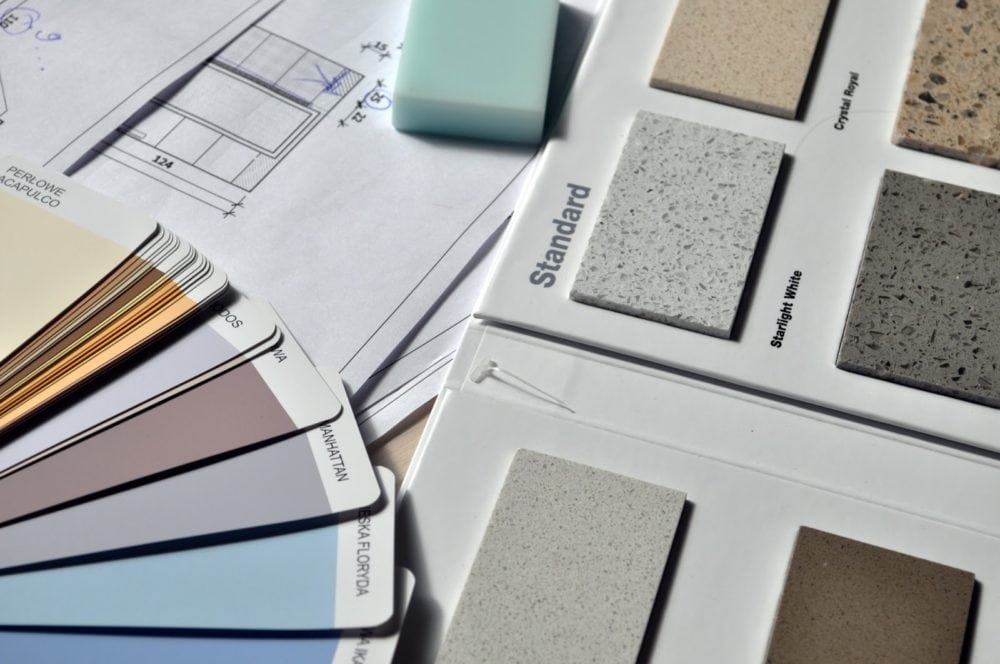A Detailed Guide to the Initial Planning and Design of House Renovation
Table of Contents
Embarking on a house renovation project is an exciting endeavour that allows you to transform your existing home into the space of your dreams. However, before you roll up your sleeves and start tearing down walls, it’s crucial to lay a solid foundation of planning and design. This initial phase sets the tone for the entire renovation journey and can make or break the success of your project. This comprehensive guide will walk you through the essential steps for the initial planning and design of house renovation.
Define Your Goals and Priorities

When embarking on a house renovation project, it is crucial to define your goals and priorities right from the start. This will not only help you stay focused but also ensure that you make informed decisions throughout the process. Start by identifying what you want to achieve with your renovation – whether it’s increasing functionality, improving style whether inside or out or enhancing energy efficiency. By clearly defining your goals, you can prioritize the areas of your home that require immediate attention and allocate resources accordingly.
Additionally, consider establishing a timeline for your renovation project to avoid unnecessary delays or stress. Determine which tasks are critical and set specific deadlines for each stage of the process. This way, you can stay organized and track progress effectively. Remember that renovating a house involves multiple key stages such as planning, designing, permitting, construction, and final touches. Allocating adequate time for each stage will prevent rushed decision-making and ensure that every aspect of your renovation is given proper attention.
Set a Realistic Budget
Establishing a budget is a critical step in the planning phase. Be realistic about what you can afford and consider setting aside a contingency fund for unexpected expenses. Consult with contractors or architects to get rough estimates for the scope of work you have in mind for the home renovation project. A well-defined budget will help you make informed decisions throughout the renovation.
One key insight is to consider all the stages of the house renovation process, from planning and designing to materials and labor costs. Taking this comprehensive approach will ensure that your budget covers every aspect of the project effectively.
Another fresh perspective is to explore various financing options before finalizing your budget. It’s not uncommon for unexpected expenses to arise during a house renovation, so having backup plans in place can save you from unnecessary stress down the road. Additionally, seeking multiple quotes from different suppliers can give you a better idea of market prices and enable you to make informed decisions about where to allocate your funds more efficiently.
Assess the Existing Structure

When embarking on a house renovation project, assessing the existing structure is crucial as it provides an opportunity to identify any issues or limitations that may affect the overall design and feasibility of the renovation. By carefully examining the structural integrity of the building, professionals can determine whether certain modifications are possible or if additional measures need to be taken.
During this assessment, experts will thoroughly inspect different aspects of the existing structure, including foundations, walls, roof systems, support beams and plumbing or electrical concerns. They will evaluate whether these elements are in good condition or require repair or reinforcement. Moreover, they will assess load-bearing walls and calculate any potential risks associated with removing or altering them.
Assessing the existing structure also allows for planning ahead and budgeting appropriately. It ensures that all necessary changes to accommodate new designs are properly accounted for both in terms of time and resources needed. By engaging in a comprehensive evaluation early on in the process, homeowners can avoid surprises down the line and ensure a successful renovation that meets both their requirements and safety standards.
Gather Inspiration
One of the key stages in any house renovation project is gathering inspiration. It sets the tone for the entire project and fuels your creativity in design choices. Collect inspiration from various sources including magazines, websites listing the new and trending guest bedroom ideas, as well as ideas for other rooms or spaces in your home, and social media platforms such as Pinterest and Houzz. Create a mood board or scrapbook to visualize the style and elements you want to incorporate into your renovated space. This will be invaluable when communicating your vision to architects and contractors. Why not take a different approach? Step outside and observe nature around you – the colors, patterns, and textures that catch your eye. Incorporating these natural elements into your home will bring a unique touch and create an inviting atmosphere.
Another avenue for inspiration is to explore local art galleries or museums. The work of talented artists can spark new ideas and help you think outside the box when it comes to designing your space. Attending design events or trade shows can expose you to new trends in furniture, lighting, and decor styles that may just be the missing piece of your renovation puzzle. Never underestimate the power of immersing yourself in different creative environments – it can open up a world of possibilities for your home transformation journey.
Consult with Professionals

Consulting with professionals is an integral part of any successful house renovation project. From the initial planning stage to the final execution, involving experts in various fields can help ensure that your vision for your home becomes a reality. Architects can lend their expertise in designing functional and style pleasing spaces, while an interior designer is a master at creating inviting atmospheres that reflect your personal style.
Not only do professionals offer their technical knowledge and skills, but they also bring fresh perspectives to the table. Their years of experience working on similar projects give them insights into what works and what doesn’t when it comes to house renovations. They can offer innovative solutions to design challenges you may not have considered and help avoid potential pitfalls along the way.
Discuss your goals, budget, and timeline with them. By liaising closely with professionals it allows you to tap into a vast network of reliable general contractor and suppliers. They have established relationships within the industry, which means they can connect you with trustworthy tradespeople who will deliver quality workmanship.
Don’t shy away from seeking professional guidance – it could be the key ingredient that takes your renovation project from good to extraordinary.
Develop a Design Concept
As a first step it is a good idea to work with your architect or designer to create a better understanding of the design renovation timeline and concept that aligns with your goals and budget. This concept should encompass layout changes for the entire home, material selections, color schemes, furniture styles, lighting options and more. Ensure that it meets both your overal style preferences and practical needs.
Developing a design concept is one of the key stages in house renovation. It involves creating a vision and overall theme for the project that aligns with the homeowner’s preferences and goals.
One fresh perspective to consider when developing a design concept is incorporating sustainable and eco-friendly practices into your house renovation. By choosing energy-efficient appliances and using recycled or repurposed materials, you can not only create a beautiful space but also contribute to a more sustainable environment.
Another important aspect to keep in mind is functionality. It’s vital to think about how each room will be used on a daily basis and create designs that maximize efficiency without sacrificing style. Innovative storage solutions, flexible furniture arrangements, paint colors and open floor plans are all ways to optimize functionality while maintaining a visually pleasing design.
Obtain Necessary Permits

Check with your local building authority to determine if you need permits for your house renovation. Each jurisdiction has specific regulations, so it’s crucial to ensure you’re in compliance before commencing any work. Permit delays can be costly and time-consuming.
Obtaining necessary permits is often an overlooked step in the house renovation process but is crucial for avoiding legal troubles down the line. Whether you are planning to add an extension, remodel your kitchen, or even just repaint your house, it is essential to check with your local authorities about the required permits. Failing to do so could result in hefty fines that would only add to the renovation budget or in certain circumstances having to undo all the work that has been done.
Permits ensure that your renovation project follows building codes and safety regulations. They also guarantee that professionals involved in the construction meet certain qualifications and standards. Applying for permits may seem like a hassle, but it helps maintain the overall quality of housing within a community by ensuring that renovations are carried out properly and safely.
By obtaining necessary permits it also protects homeowners from potential liabilities. If unpermitted work causes damage or harm to someone else’s property or injures someone on-site, you may be held responsible for any resulting expenses or lawsuits. By going through the proper channels and obtaining all required permits, you not only protect yourself legally but also demonstrate a commitment to ethical building practices.
Create a Detailed Plan
Once you have a design concept in place and all necessary permits secured, create a detailed house renovation plan. This plan should include a timeline, cost breakdown, and a list of materials and labor required. It will serve as a roadmap throughout the project. Without a comprehensive roadmap, you’re likely to encounter delays, unexpected costs, and frustration along the way.
Start by assessing your needs and priorities for each room or area you want to renovate. Consider the functionality, style, finishing touches and budget for each space. This will help you prioritize which rooms should be tackled first and allow you to allocate resources accordingly.
Create a timeline that outlines the sequence of tasks for each stage of the major home renovation process. From demolition and structural work to plumbing and electrical installations, make sure that each crucial step are accounted for. Being mindful of any dependencies between tasks will help streamline the workflow and prevent unnecessary disruptions affecting the total budget.
Consider Sustainability

If sustainability is a priority for you, explore eco-friendly options for materials and design choices. Incorporating energy-efficient systems, solar panels, sustainable building materials, and water-saving fixtures can not only benefit the environment but also reduce long-term operating costs.
When selecting materials for your house renovation, opt for those that have been sourced responsibly, such as reclaimed wood or recycled glass. Not only will this reduce waste and save valuable resources, but it can also add unique character and charm to your space. Additionally, integrating energy-efficient appliances and fixtures throughout your home can significantly reduce electricity consumption, benefiting both the environment and your wallet.
Beyond material choices, consider incorporating sustainable practices into every aspect of your renovation. Implementing proper insulation techniques helps to regulate temperature more efficiently, reducing overall energy usage for heating or cooling purposes. Installing low-flow water fixtures in bathrooms is another simple yet effective way to conserve water without sacrificing functionality or comfort.
By approaching house renovations with sustainability in mind, you not only contribute in best ways towards a greener future but also increase the resale value of your home while enjoying long-term cost savings.
Plan for Temporary Living Arrangements
Once you’ve decided to embark on a house renovation project, it’s important to consider your plan for temporary living arrangements. While it may be tempting to stay in your old house during the renovation process, there are often several key stages where it becomes impractical or even unsafe to do so. This is particularly true during major demolitions, structural changes, and installations of utilities such as plumbing or electrical systems.
One option for temporary living arrangements is to rent another property while the construction work is taking place. Renting allows you to have a comfortable and stable living environment away from the chaos and noise of the construction site. It also provides flexibility in terms of location since you can choose a rental that suits your needs and preferences and include these costs in your budget.
Another alternative is temporarily moving in with family or friends who have available space. This can be an ideal solution if you have close relationships with loved ones nearby who are willing and able to accommodate you during this transitional period. Not only does this option save money on rental expenses, but it also brings you closer together with those who are supporting you through this renovation journey.
Careful planning for temporary living arrangements is crucial when embarking on a house renovation project. By considering factors such as safety, comfort, convenience, and cost-effectiveness, you can find the best solution that suits your unique circumstances.
Conclusion
The initial planning and design phase of a house renovation is the foundation upon which the entire project rests. By setting clear goals, establishing a realistic budget, consulting with professionals, and creating a detailed plan, you’ll be well-prepared to navigate the challenges and joys of the renovation journey. Remember that careful planning and thoughtful design are key to turning your current house into that envisioned dream home.



